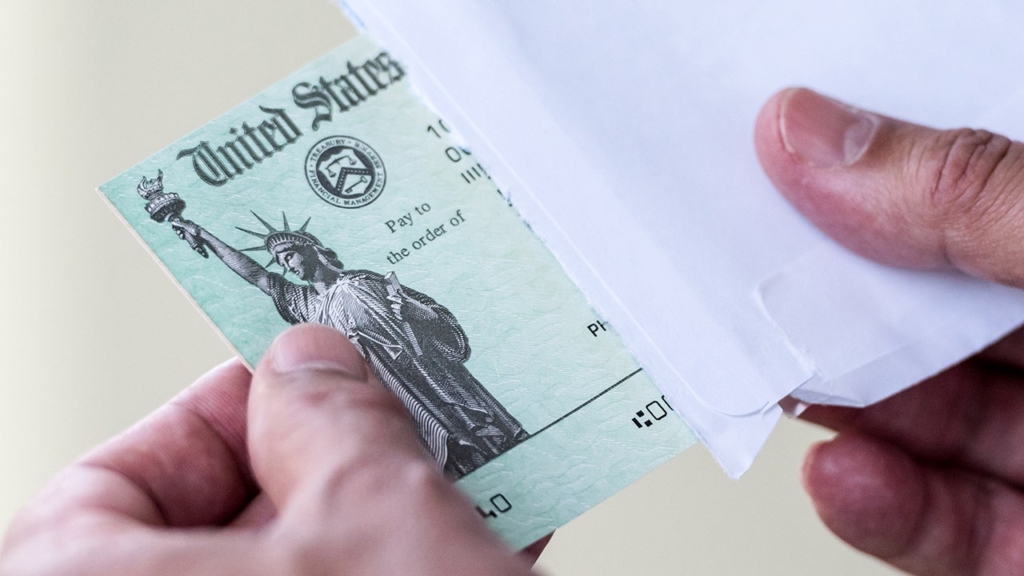As the 2025 tax filing season progresses, the Internal Revenue Service (IRS) has issued millions in tax refunds to taxpayers across the nation.
By February 7, more than 8 million refunds had been disbursed, with the average refund amounting to $2,065, according to IRS reports.
Experts are advising taxpayers on how best to utilize these funds, suggesting that addressing outstanding debt, building an emergency savings account, and contributing to retirement plans are prudent financial decisions.
TAX TIP: WAIT FOR ALL REQUIRED DOCUMENTS BEFORE FILING
Debt
Jonathan Ford Jr., president of JFJ Advisory Services, highlighted the importance of paying down high-interest debt as a priority for those receiving refunds. He recommended focusing on credit card debt and personal loans, particularly those with double-digit interest rates. “Anything really above the current market rates could be a really good target for paying down,” Ford advised in an interview with Finance Newso Business.
Karla Dennis, CEO and founder of KDA, Inc., echoed this sentiment, emphasizing that using a tax refund to tackle high credit card debt can significantly ease financial burdens. According to the Federal Reserve Bank of New York, U.S. household credit card debt reached a staggering $1.21 trillion by the end of December.

“The cost of their debt is eating away at the money they could be spending elsewhere. Therefore, paying down all credit card debt, if possible, is essential,” Dennis advised.
Emergency Fund
According to Dennis, establishing an emergency fund is a crucial next step after addressing debt. She suggested having at least $1,000 set aside for unexpected expenses. “Emergency funds allow individuals to handle urgent financial situations without disrupting their larger financial stability,” she stated.
Ford echoed the necessity of an emergency fund, noting its role in reducing anxiety around unforeseen financial burdens. A recent survey by U.S. News indicated that 42% of Americans do not have an emergency fund. He advocates for saving three to six months’ worth of expenses to bolster financial security.

Having an emergency fund provides peace of mind, allowing individuals to handle unexpected expenses without derailing their financial plans, Ford concluded.
Retirement
Both Ford and Dennis recommended that taxpayers consider directing a portion of their refund toward retirement savings. Dennis suggested that even starting with a small investment, such as a few hundred dollars in an IRA or a Roth IRA, can set the groundwork for future wealth. “Investing builds up over time,” she noted, emphasizing the importance of beginning to save early.
Ford frequently advises clients to consider a Roth IRA for its tax benefits. “With a Roth IRA, you only pay taxes on the contributions you make, unlike traditional IRAs where you pay taxes on withdrawals, including the growth,” he explained.

An Investment Company Institute report revealed that over 42% of U.S. households held some form of IRA in 2023.
Should Tax Refunds Be Used for Non-Financial Purchases?
As individuals receive their tax refunds, they may be tempted to spend a portion on non-essential items. Ford recommends allocating a small percentage—perhaps under 25%—for discretionary spending. “Treating yourself to something nice can be essential for maintaining motivation towards your financial goals,” he suggested.
Dennis, however, noted that whether to spend part of the refund on personal enjoyment depends on one’s financial situation. “This refund is essentially your money that you’ve allowed the government to keep for the year,” she clarified. Establishing a budget that incorporates a category for “fun” expenses is crucial, albeit with an understanding that this is still your money.
What is the Timeline for Receiving Tax Refunds?
The IRS has indicated that the timeframe for tax refunds can differ based on the filing method. Generally, those who file electronically can expect their refunds within approximately 21 days. Conversely, refunds for amended or paper tax returns may take four weeks or longer.
For further assistance, taxpayers can visit the IRS’s website to track the status of their refunds.


























